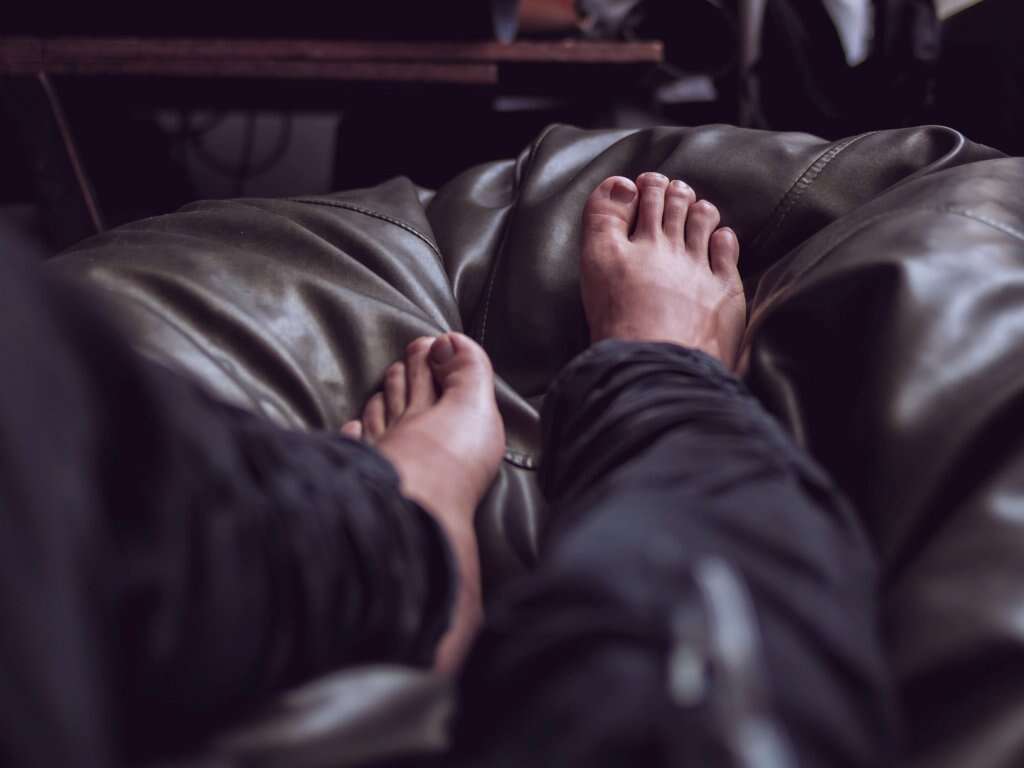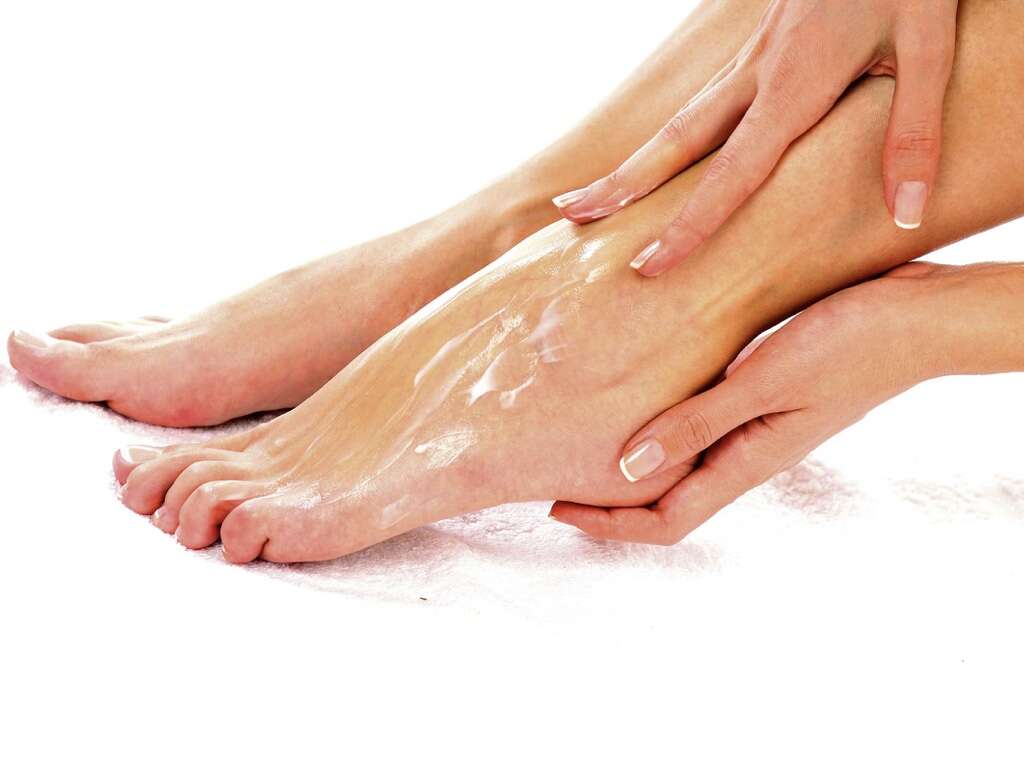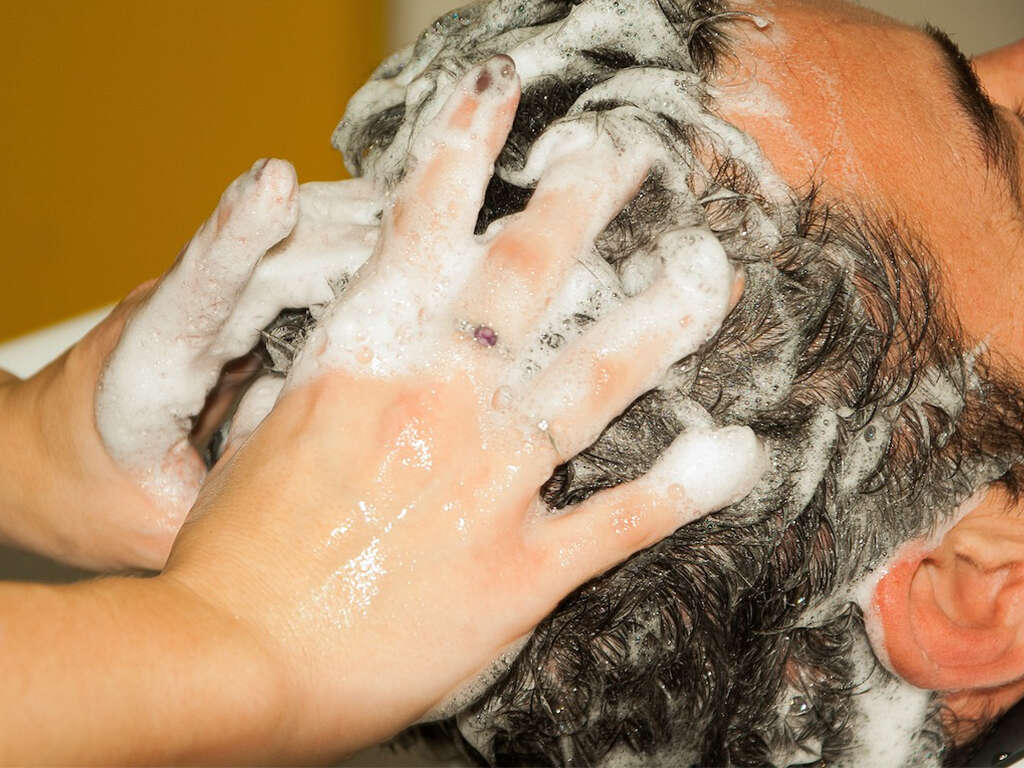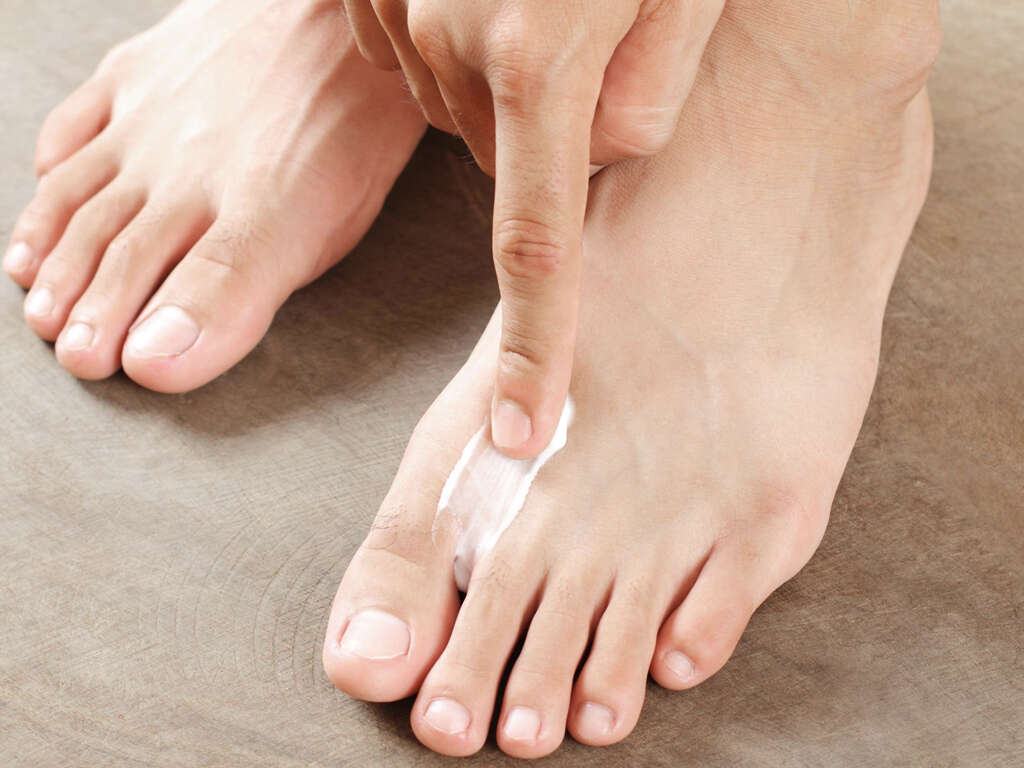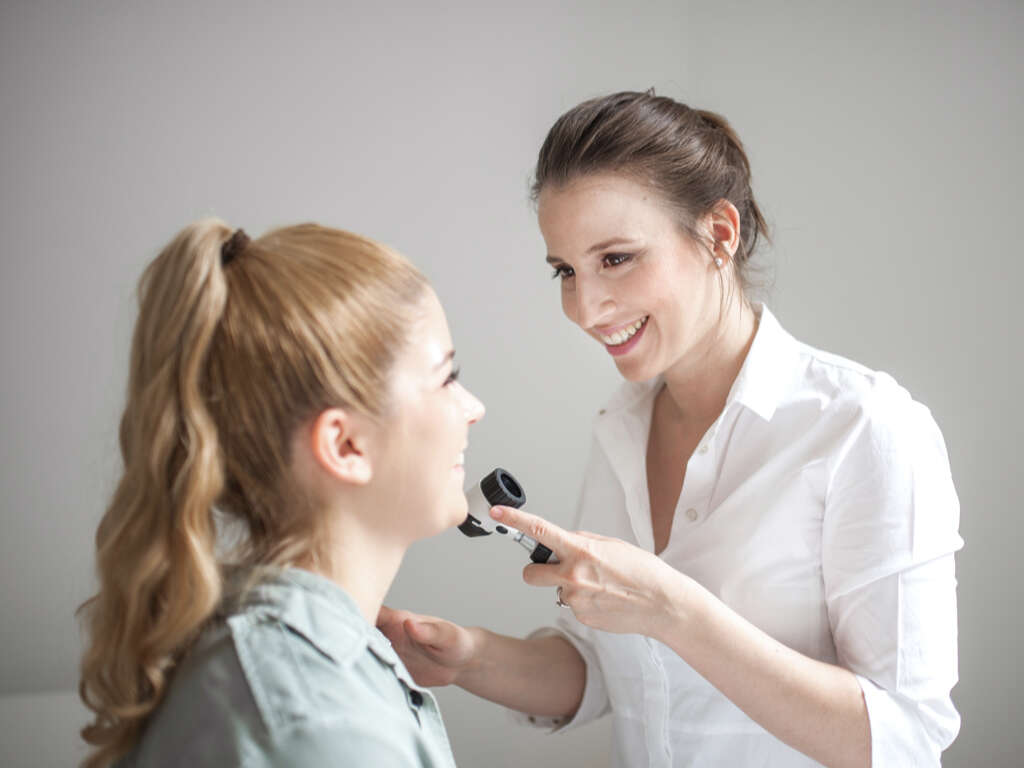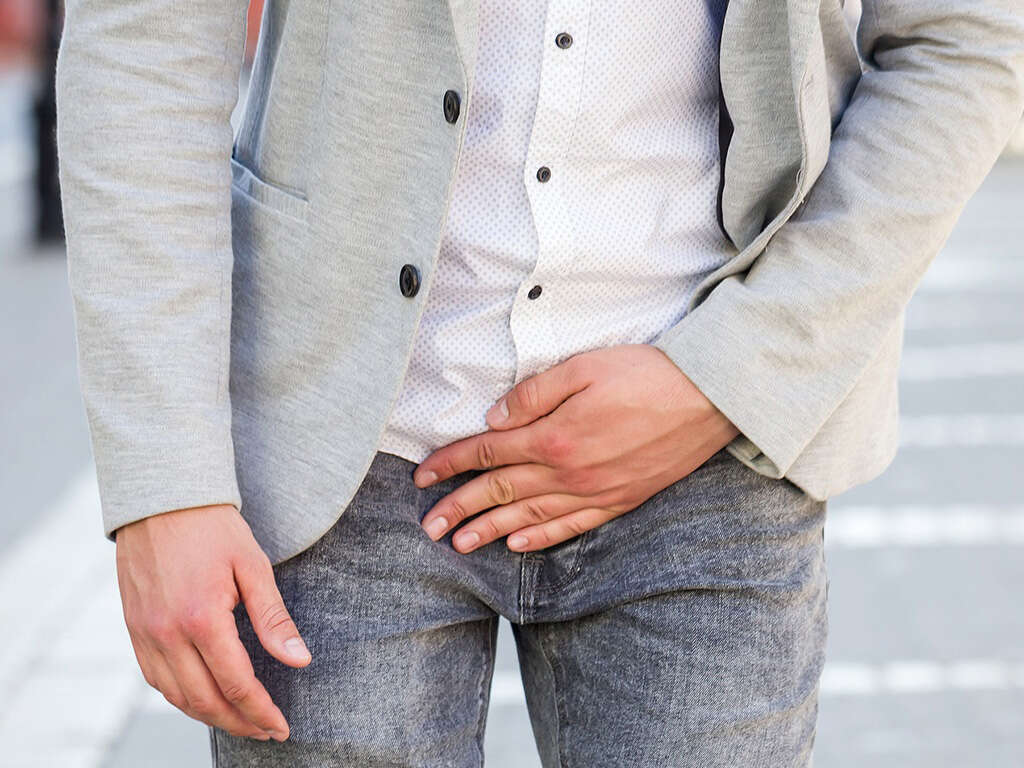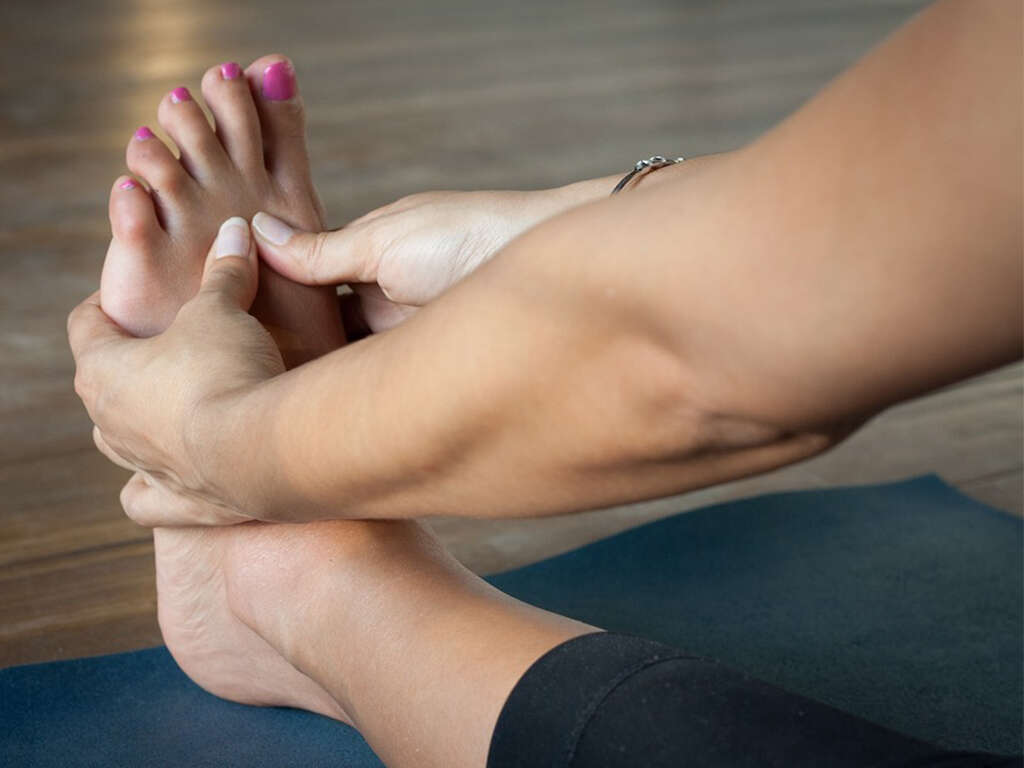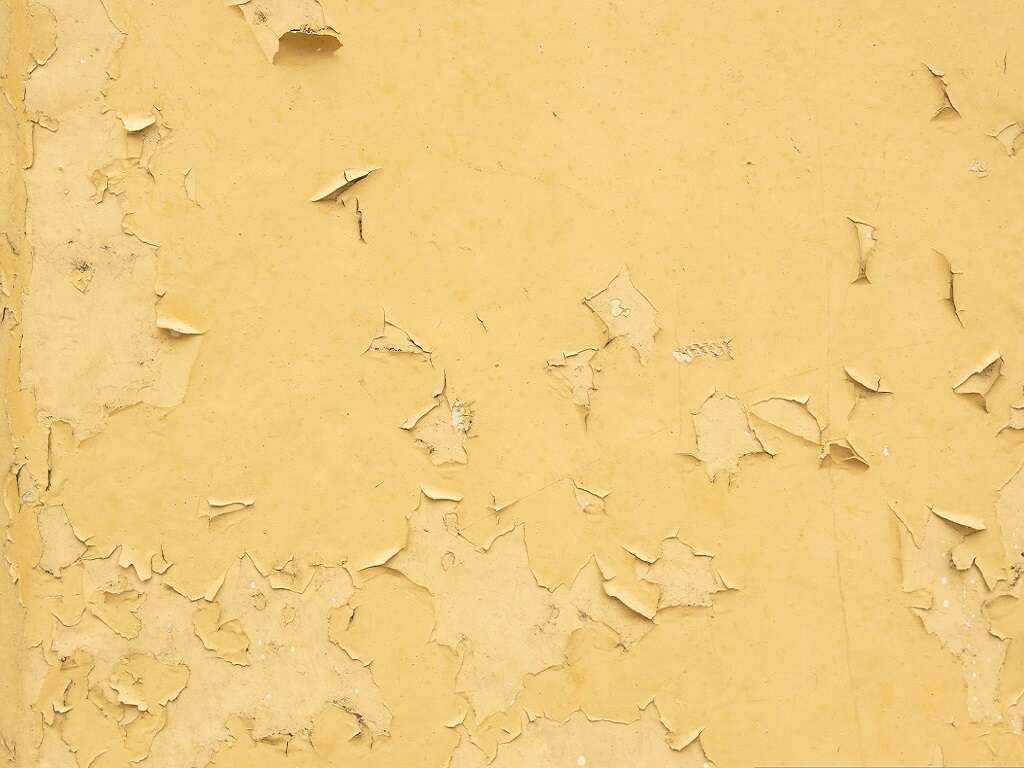Athlete's Foot Causes, Remedies & More
 Article Sources
Article Sources
- 1. M;, Havlickova B;Czaika VA;Friedrich. 'Epidemiological Trends in Skin Mycoses Worldwide.' Mycoses, U.S. National Library of Medicine, pubmed.ncbi.nlm.nih.gov/18783559/.
- 2. Al Hasan, Muhannad, et al. 'Dermatology for the Practicing Allergist: Tinea Pedis and Its Complications.' Clinical and Molecular Allergy : CMA, BioMed Central, 29 Mar. 2004, www.ncbi.nlm.nih.gov/pmc/articles/PMC419368/.
- 3. Homei, Aya. 'Athlete's Foot.' Fungal Disease in Britain and the United States, Mycoses and Modernity'., U.S. National Library of Medicine, 1 Jan. 1970, www.ncbi.nlm.nih.gov/books/NBK169220/.
Athlete's foot has achieved an impressive fungal feat. It's grown from a once-rare condition to lurking in almost every changing room. The yeasts that cause the red itchy rash are now present in a staggering 20 percent of the world's population.1M;, Havlickova B;Czaika VA;Friedrich. ‘Epidemiological Trends in Skin Mycoses Worldwide.’ Mycoses, U.S. National Library of Medicine, pubmed.ncbi.nlm.nih.gov/18783559/. The infection also known as tinea pedis isn't unique to track stars and swimmers. It is contagious, and anyone can get it.
The symptoms are often low-key at the start. Many people won't even be aware they have a fungal invasion. In most cases, this condition isn't dangerous, but it can colonize other parts of the body if not treated swiftly.
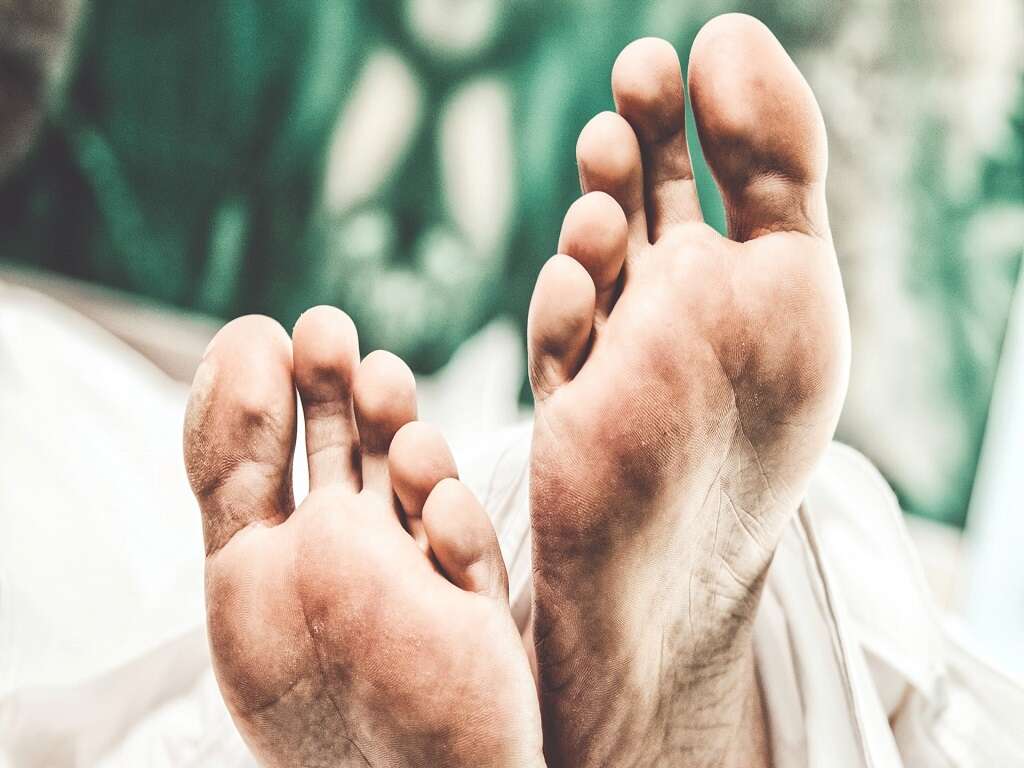
1. Athlete's Foot Symptoms
Athlete's foot usually appears as a pinkish-red discoloration between the toes. At this early stage, the irritating itch tends to happen when taking off shoes. Many people put this down as a minor annoyance at this point, hoping it will go away.
As the infection spreads, white soggy skin forms in the center of the toe spaces. The redness spreads, taking over the whole forefoot area and even the sole. By now, sufferers have to frequently stop in their tracks to relieve the incredible itching. Left untreated even further, the wet white skin between the toes starts to crack and bleed.

2. Invisible Causes
The cause of most cases of athlete's foot is a fungus called trichophyton rubrum.2Al Hasan, Muhannad, et al. ‘Dermatology for the Practicing Allergist: Tinea Pedis and Its Complications.’ Clinical and Molecular Allergy : CMA, BioMed Central, 29 Mar. 2004, www.ncbi.nlm.nih.gov/pmc/articles/PMC419368/. This organism feeds on skin cells and is especially suited to survive on the human body. It's adapted not to alert the body's immune system. This sneaky quality means it's unlikely to disappear if left alone.
The fungus multiplies by spreading invisible microbes capable of reproducing, known as spores. When a spore finds a suitable area between the toes, it settles in and starts to replicate.
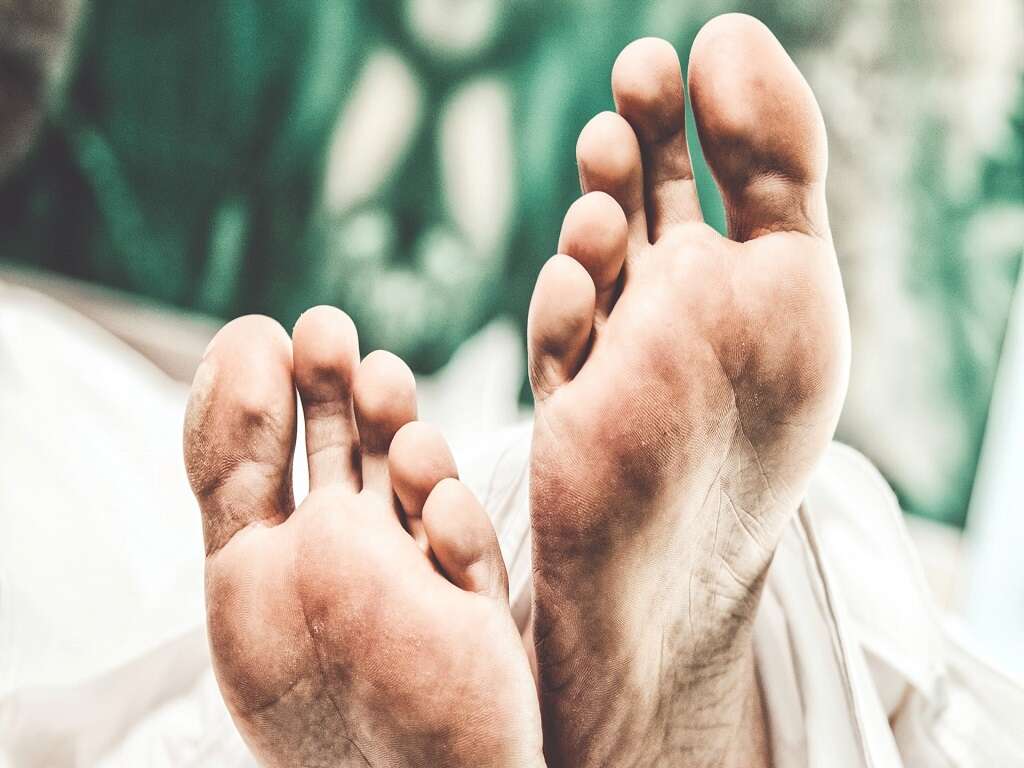
3. The Spread of Athlete's Foot
Up until 1908, the condition was contained in a handful of tropical areas and was considered a rare condition in the west. It wasn't reported widely in the U.S. and Europe until after World War One when millions of troops returning home from foreign fields brought athlete's foot with them.
Once here, it found the shared footwear and changing areas of the interwar period an excellent environment to multiply in. Unlike trench foot, it's become a permanent unwelcome guest.
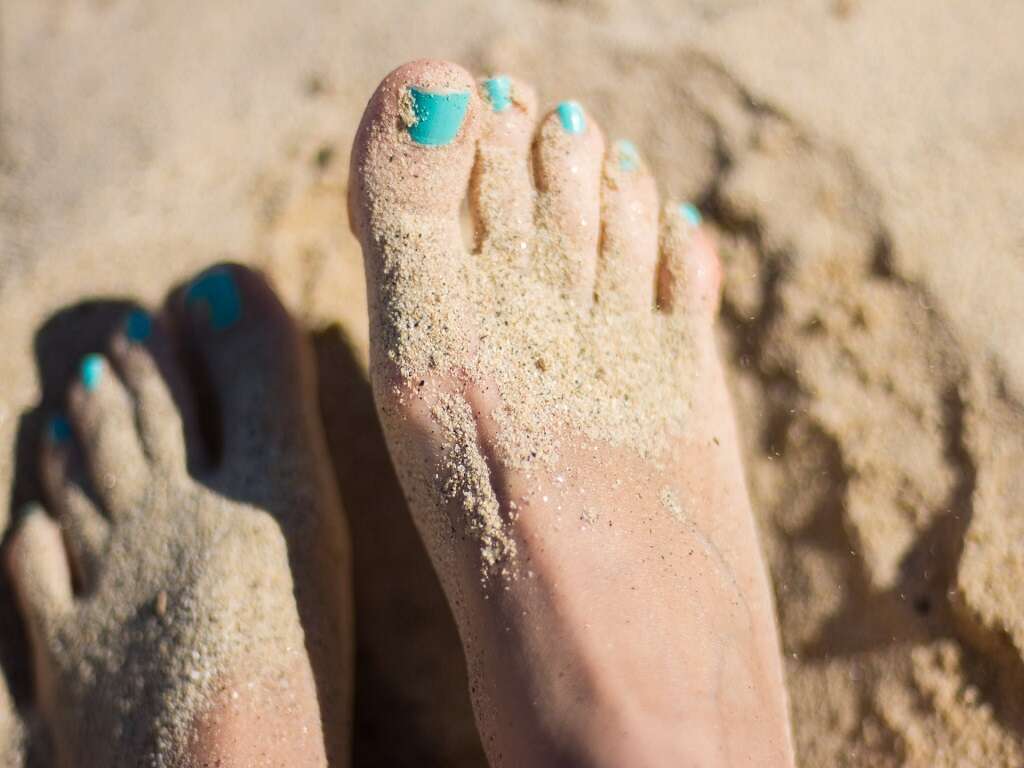
4. The Right Treatment Approach
The symptoms of athlete's foot are not usually hard to treat. The flaky skin and redness reduce quickly with widely available medication. The issue comes from reinfection. People are relieved when the itching disappears, only for it to start again a short time later.
This reinfection happens when spores remain lurking in untreated places, waiting for a human host again. To break the cycle, it's best to treat both infected feet and any footwear worn, even slippers!
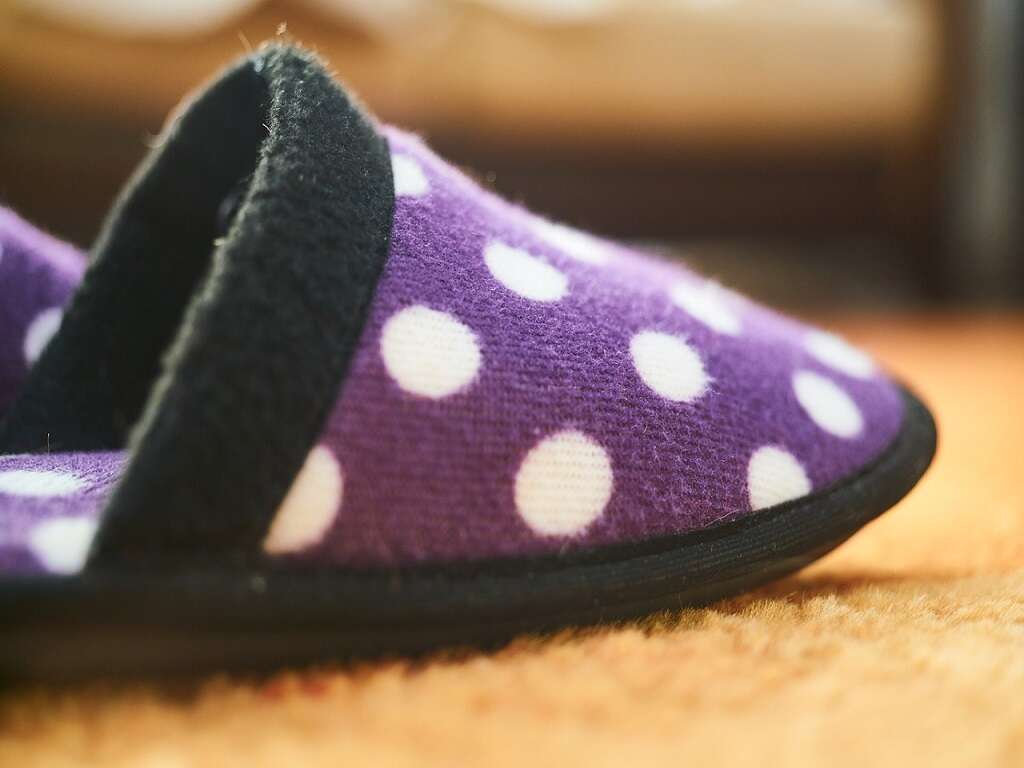
5. Spray and Powder Remedies
The first step of effective treatment is using antifungal sprays, powder or cream. These are applied once or twice a day to the affected area for 2 to 4 weeks. Single-dose versions are also available for mild cases of infection.
Athlete's foot spores thrive in the damp, sweaty conditions inside shoes. This makes it essential to liberally douse footwear worn and leave them to settle. To be sure, it's also a good idea to wash them at a high temperature.

6. Preventing Reinfection
Prevention is about making future breeding grounds as uninviting as possible. Keeping feet dry minimizes the damp conditions athlete's foot needs to survive. Change socks often. Wear shoes that allow air to circulate. Don't share your shoes, as this infection can spread.
Even with the best effort, it's a fact that the organism that causes athlete's foot is still out there, unseen. The most likely places to pick it up are warm, damp environments like locker rooms or swimming pool tiles, so use flip-flops or sandals anywhere communal.

7. Athletes Foot Consequences
If left untreated, athlete's foot can develop into a condition that impacts daily life. The wet, white skin in between toes splits and bleeds, making sufferers wince with every footstep. The irritation turns into a constant burning and dead, flaky skin covers the feet like flour.
The organism that causes athlete's foot is well adapted to spread on its human host. The intense itching makes people gather invisible spores under their nails from one area and spread them all over.

8. The Cause of Fungal Nail Infections
It's essential to be proactive about treating athlete's foot early. The same organism also causes jock itch and ringworm but an even bigger issue is the risk of it spreading to toenails. Though it's harder for athlete's foot to infect nails because of their structure, if it does, it's not easy to remove.
Over-the-counter treatments are not capable of reaching the area of the nail affected. As a result, fungal nail infections often need prescribed oral medication taken for months.
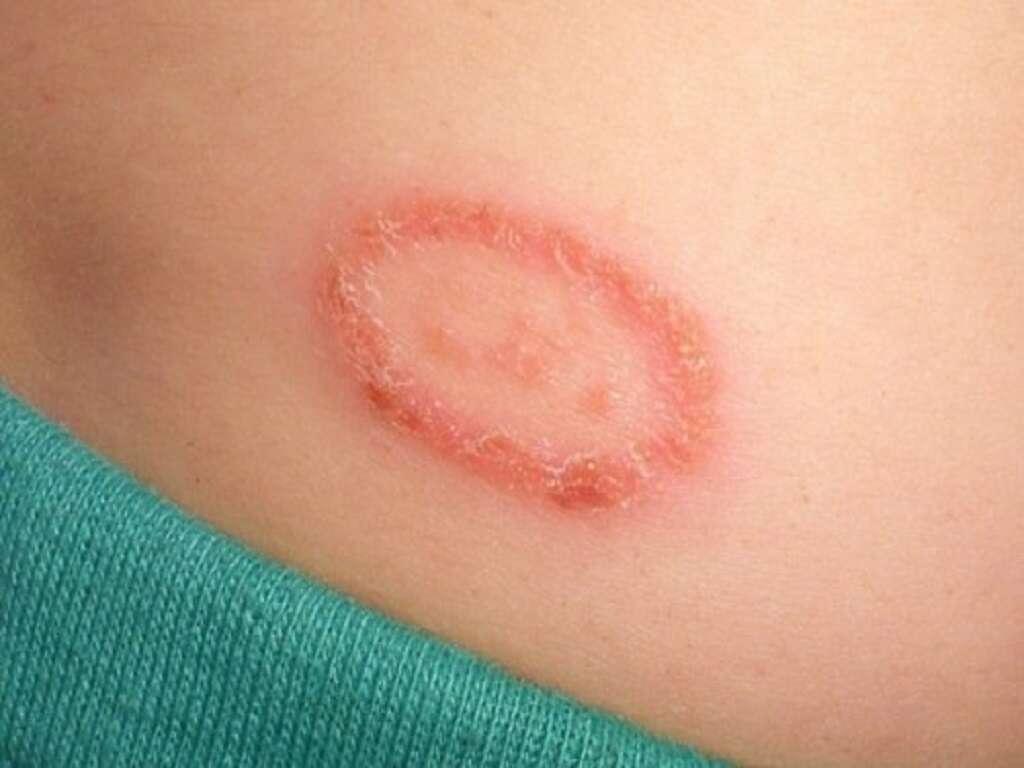
9. When to See a Doctor
Certain conditions, such as eczema and psoriasis can also look like cases of athlete's foot. They also share similar irritation and itching symptoms. So a foot rash that doesn't improve after two weeks of treatment may be worth a doctor's visit.
In certain people, the bleeding skin poses a risk of bacterial infection. The most serious of these is cellulitis. People with diabetes or compromised immune systems should take athlete's foot seriously and inform their healthcare provider.

10. The Bottom Line
Athlete's foot has become a fungal overachiever in the spreading stakes. It's done this by adapting to evade the immune system and being a minor inconvenience — at first. That niggling foot itching and redness after a hard day shouldn't be ignored.
It usually responds well to easily-available treatments and shows fast improvement. The challenge is keeping it from recurring. The longer a case lingers, the more risk of spreading to bodyparts and causing more troublesome fungal infections.
